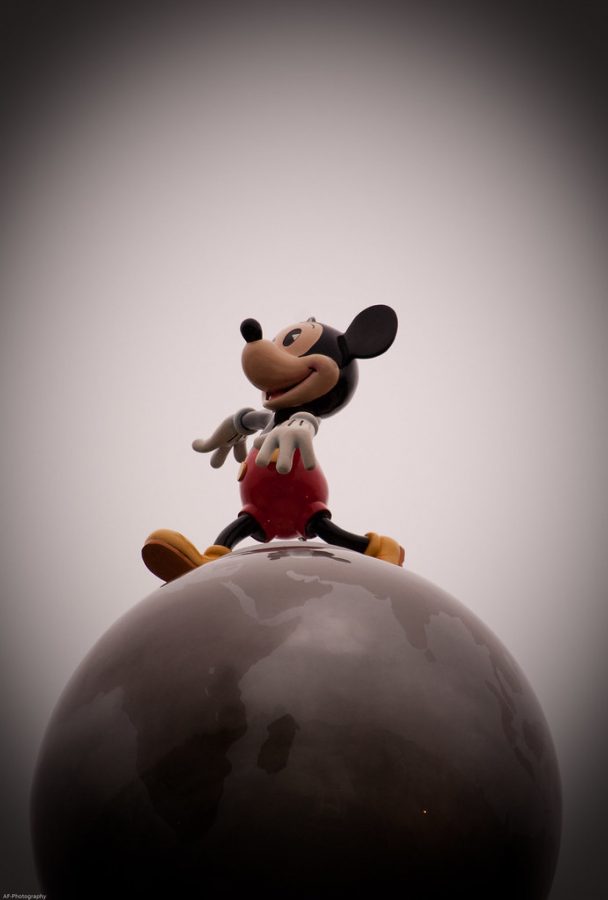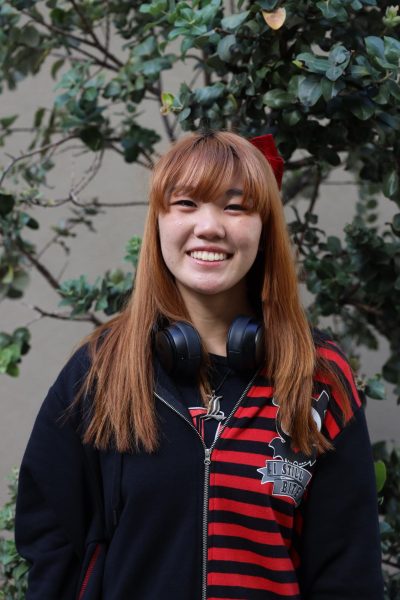Disney has created another heroine to add to their cast, and she’s a tough one. Raya, a Southeast Asian warrior, is embarking on her quest to find the last dragon in the world on Mar. 12, 2021. Although Disney failed their audience with the cultural inaccuracy of the live-action remake of Mulan, the trailers for Raya and The Last Dragon give hope due to the salient detailing of props, backdrops and characters.
To write Raya’s adventure, Disney has recruited Adele Lim and Qui Nguyen, both of Southeast Asian descent. The ethnic backgrounds of the playwrights aligning with Raya’s carries a heavy significance for this animated film as it adds to the matter of cultural representation.
Diving deeper into cultural accuracy, the filmmakers visited a plethora of Southeast Asian countries to research the regions. While Raya’s adventure is in a fictional world called Kumandra, the research conducted in Cambodia, Laos, Thailand, Vietnam, Singapore, Indonesia and the Philippines is an extra effort from the crew to properly represent Southeast Asian culture and history. Such work can be appreciated by those anticipating what the movie has to offer regarding how well the film will portray this ethnicity in the media.
Since Raya is the heroine of this upcoming film, reflecting Southeast Asian culture through her design, weapons and trusty sidekick are indispensable elements to her character and the story. Raya is seen donning a rice hat and garb similar to traditional warrior attire. In addition to her fashion choices, Raya possesses Escrima sticks, typically used in Filipino martial arts. Raya’s sidekick is Tuk-Tuk, a great armadillo capable of carrying Raya’s weight as a steed. These culturally accurate and respective components of Raya truly make her a wonderful heroine for fans to admire.
With the features of Southeast Asian culture incorporated into characters and settings, Raya and The Last Dragon is promising proper cultural accuracy and respect. Fortunately, this deviates from the disastrous live-action remake of Mulan that greatly ignored fact checks on Chinese history. As representation in media becomes increasingly important, we should all hope that entertainment empires like Disney will choose to represent cultures in an appropriate manner. With their iconic touch of magic, of course.


